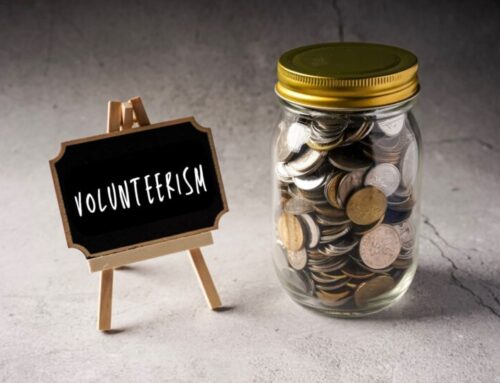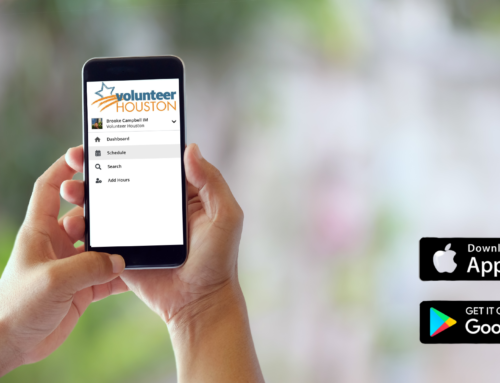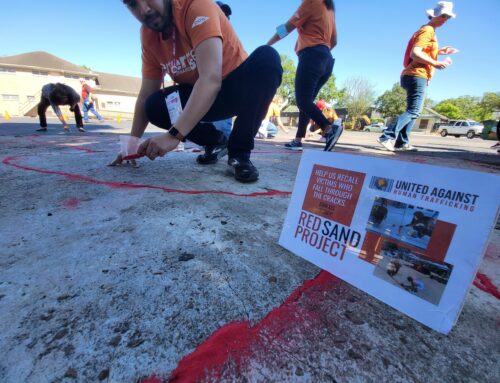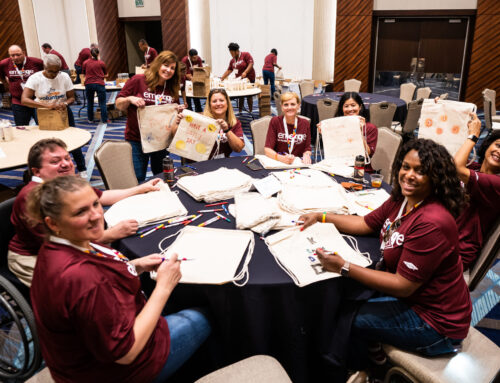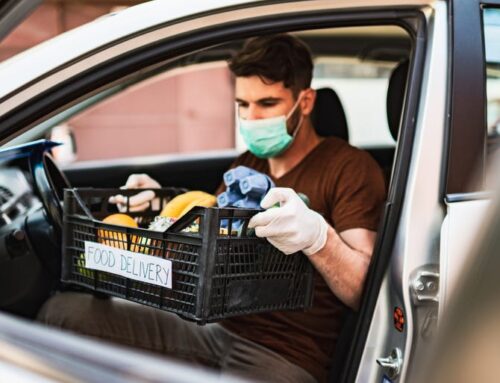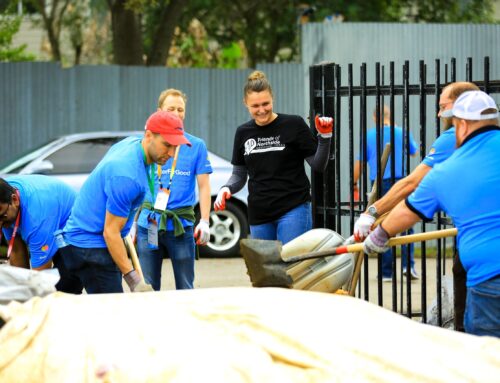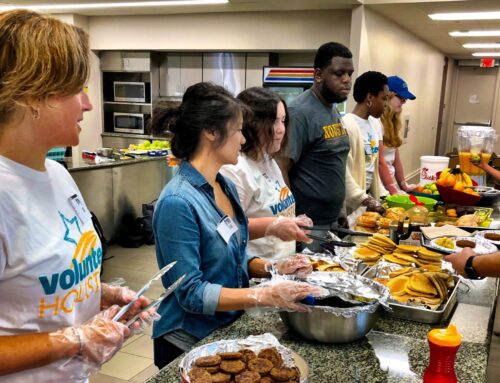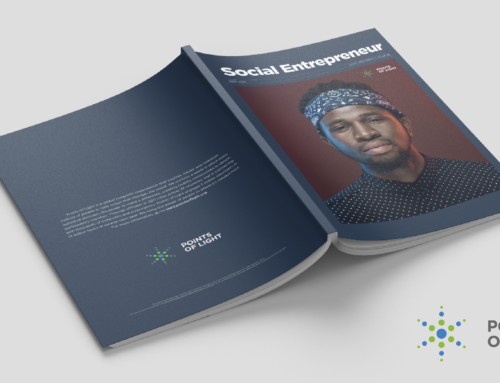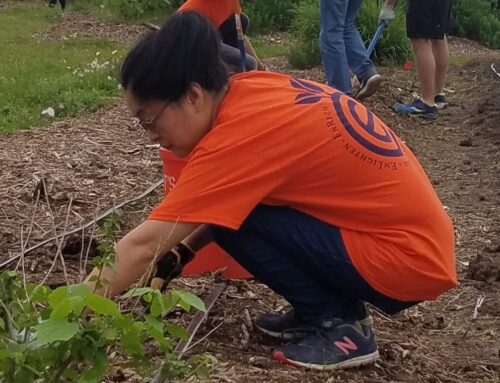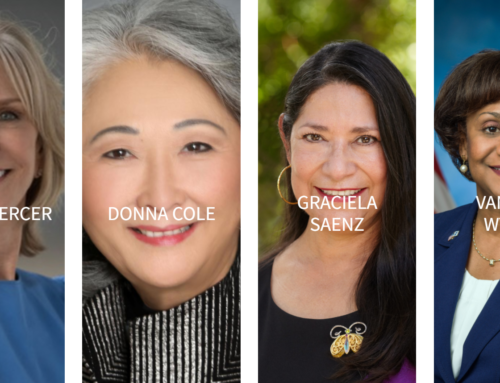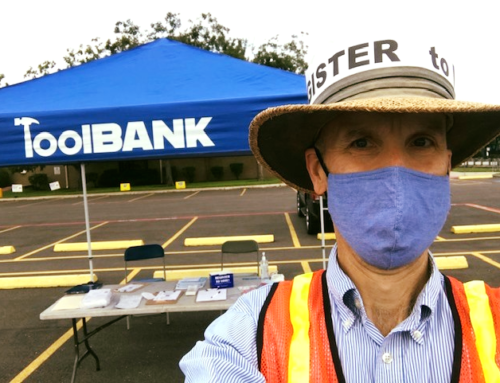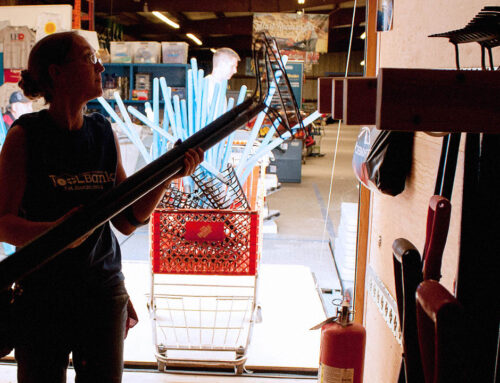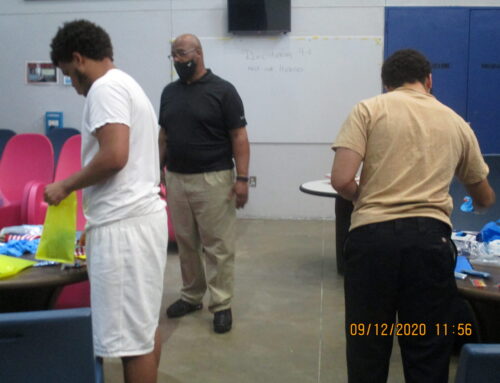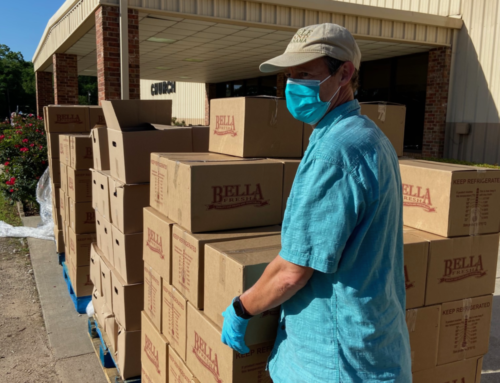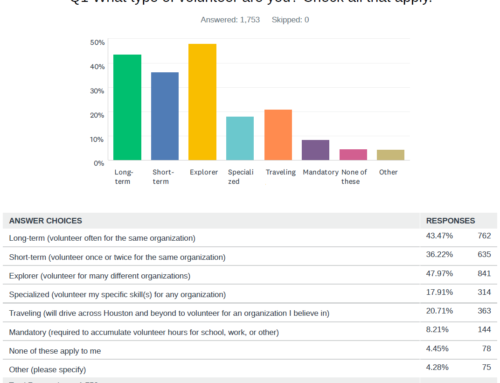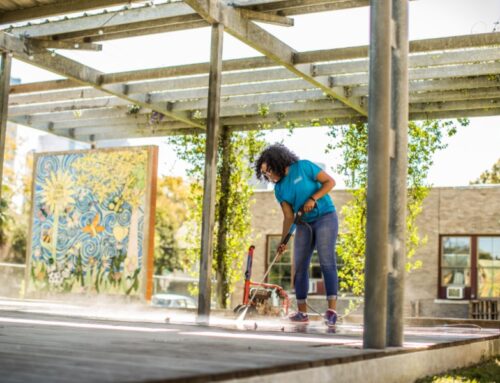Two New Approaches to Corporate Volunteerism
We’ve heard the research. We’ve read the research. We know what the research says. Corporate volunteer programs improve employee morale, improve brand reputation and ultimately improve the bottom line. Yes, yes, yes!
There is so much to unpack when it comes to corporate volunteerism and Corporate Social Responsibility (CSR). So, how do we use the research to build a corporate volunteerism culture among our employees? Garnering buy-in and ownership on an idea increases the likelihood that the idea will be a success. So, let’s start there.
Generate Buy-In
Let’s use the upcoming MLK holiday as an example. Begin by asking your employees how they would like to celebrate and honor a leader who spoke so highly of service to others. Ask them to share their own ideas in addition to rating a suggestion or two of your own. (For example, Volunteer Houston’s MLK Corporate Service Project!)
Other ways to generate buy-in:
- Ask employees to serve on a Corporate Volunteerism Crew to review the responses and make a final decision on the company’s plan.
- Host a virtual focus group to discuss the options.
- Email a quick survey.
- Take a poll during a regularly scheduled company meeting – ZOOM and Microsoft Teams have built-in polling features.
Regardless of your method, allow it to trickle from the bottom up. Present findings to the C-Suite decision makers and emphasize the ideas came directly from the employees themselves.
Justify The Expense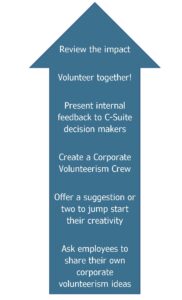
When a Corporate Volunteerism Crew (committee of employees) can provide sufficient proof (survey results, etc.) that the large majority of the company’s employees are already bought in to the idea of a corporate service project, the C-suite decision makers are much more likely to approve the expenses associated with it. Knowing the time, effort and money invested in the service project will not go to waste and will result in measurable positive impact makes the leader’s decision much easier.
How do you “measure” a service project? It can be done many ways. However, a service project is most often measured in terms of financial impact to the community and/or benefiting nonprofit(s). Here are a few examples:
- Number of service hours completed
- Number of participating employees
- Financial value of volunteer hours
- Dollars saved by the benefiting organization
- Number of clients directly served by the project
- Number of widgets built
Those are all quantitative measurements. What about the qualitative measurements – the feel goods and warm fuzzies? This is where a service learning reflection can produce the most rewarding feedback and personal testimonials (i.e. justification for future corporate volunteer projects). *wink wink*
Volunteer Houston strongly believes in reinforcing the service learning component of any and all service projects. We do this by facilitating a one-hour debrief and reflection session with all project participants (volunteers and nonprofit staff). This is the most important step of any volunteer experience. In fact, this step – debrief and reflection – is the distinguishing difference between a volunteer experience and a service learning experience.
Our goal is two-fold:
- To aid the corporate client in strengthening their corporate social responsibility goals and culture among employees; and
- To instill a sense of lifelong service among corporate volunteer project participants that extends beyond the project, beyond the workday, and beyond retirement.
There you have it! Just a few more reasons and examples of how corporate volunteerism produces positive results.



